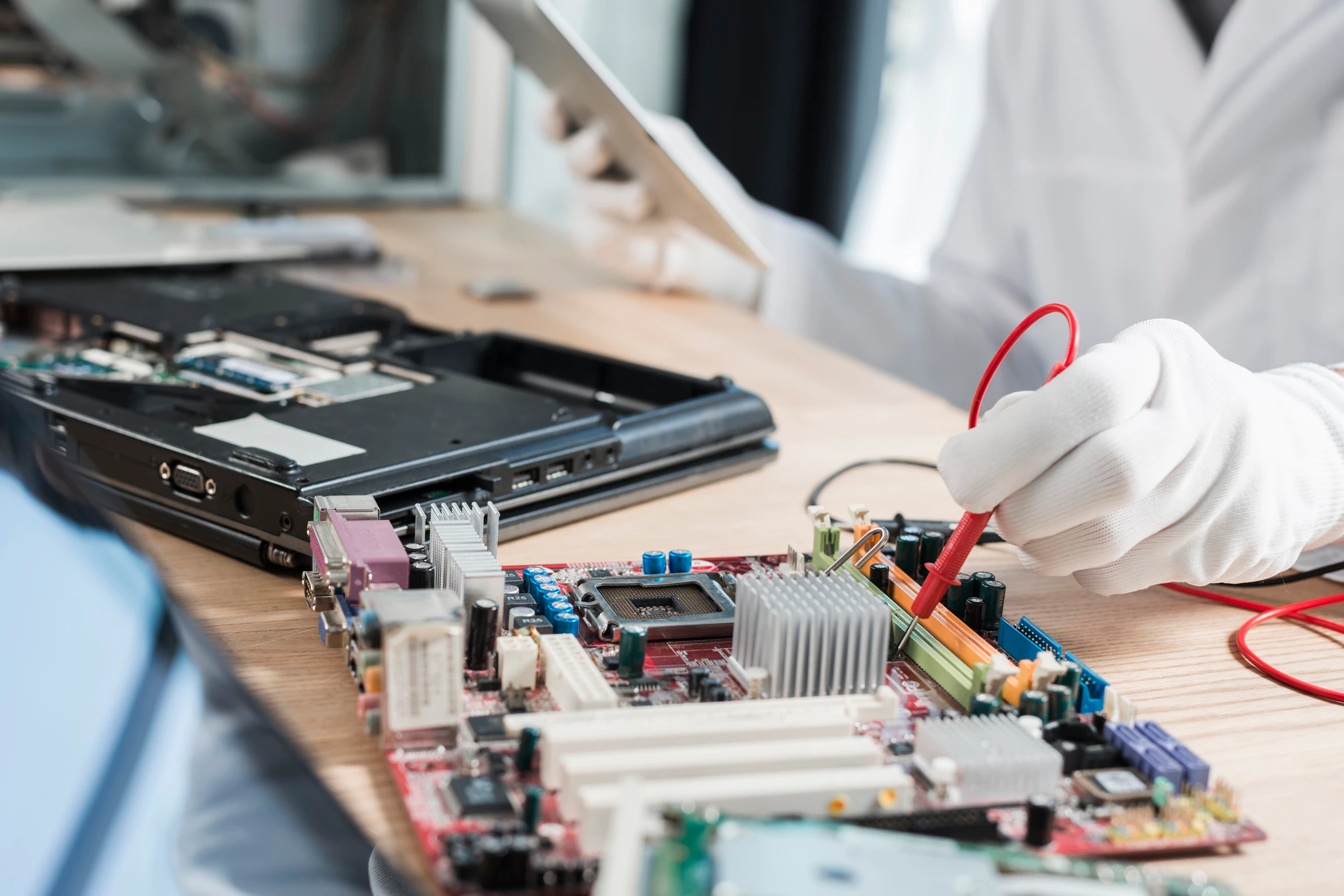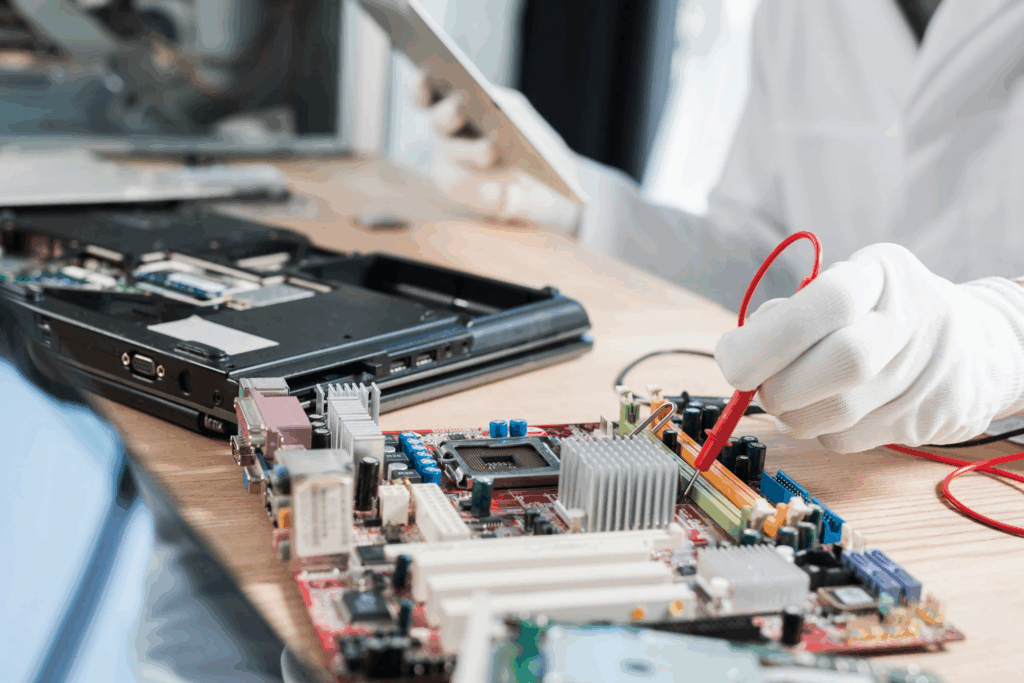Large language models (LLMs) like GPT or LLaMA have revolutionized AI with their ability to process and understand language at near-human levels. But with that intelligence comes size; these models are computational heavyweights, often requiring substantial memory and high-performance hardware to run efficiently.
This becomes a major hurdle when trying to deploy them on edge devices – the small, on-site machines used in manufacturing plants, logistics hubs, and industrial sensors. These devices are built for reliability and efficiency, not for handling complex AI workloads. In fact, most industrial controllers are designed with just 1–2 GB of RAM, and minimal processing power—far below what modern LLMs require.
Even the “lightweight” versions of these models, such as TinyGPT or LLaMA 2, still need 2–4 GB of RAM just to operate, making them too large for the majority of edge environments.
According to a 2024 study by OpenEdge AI Research, more than 70% of industrial edge devices currently lack the hardware capacity to support real-time language model inference. This limits the direct deployment of advanced AI in the very places where it could offer the most value: on factory floors, in supply chains, and across automated systems.
To bridge this gap, researchers and developers are turning to techniques like:
i) Quantization: Shrinking Without Losing the Spark
Quantization is a method used to compress large AI models by reducing the precision of the numbers used to represent their parameters. Most LLMs are trained using 32-bit floating-point values. Quantization scales these down to 8-bit or even 4-bit integers, significantly lowering memory and computation demands.
Think of it like switching from high-definition to standard definition—you save space, but try to preserve as much clarity as possible.
Pros: Less memory usage, faster inference, lower power consumption
Cons: Risk of reduced accuracy or “noisier” responses, especially for nuanced tasks
This technique is ideal for deploying AI models on resource-constrained devices, like factory controllers or handheld scanners, where every byte matters.
Do You Know: Quantization can reduce model size by up to 75%, making deployment on edge devices feasible without needing a GPU.
ii) Model Distillation: The AI Apprentice Approach
Distillation is the process of creating a smaller, faster AI model that learns from a larger, more powerful one. The large model (called the teacher) is used to guide the training of the smaller student model. The student mimics the teacher’s behavior, capturing its key knowledge while discarding some of the less essential complexity.
You can think of it like teaching an intern everything they need to know from a senior expert without giving them the entire encyclopedia.
Pros: Smaller models with close-to-original performance, faster and more efficient inference
Cons: Student models may miss rare or subtle patterns present in the teacher’s data
Distilled models are especially useful in real-time manufacturing settings, where quick, actionable insights matter more than encyclopedic language knowledge.
Industry Insight: Distilled models can retain up to 90% of the accuracy of their larger counterparts—while using 50% less compute.
iii) Modular Architecture: Building Blocks of Intelligence
Rather than running a single, monolithic model, modular architectures split AI into specialized components, each designed to handle a specific task.
For example, one module might manage visual input from a camera, while another processes sensor data, and a third makes decisions based on the outputs. This approach allows manufacturers to deploy only the components they need, depending on the task – saving space, time, and energy.
Pros: Flexibility, easier to maintain and update individual modules, supports distributed deployment
Cons: Coordination between modules can be complex; risk of performance loss if not well-integrated
Modular architecture is key in environments where diverse data types (like video, temperature, and movement) all need to be processed independently but work together in real-time.
Do You Know:: Startups using modular LLMs have seen a 30–40% improvement in deployment scalability across industrial environments.
While these solutions are promising, they come with trade-offs. Compressing or simplifying models can lead to a loss in accuracy, reduced versatility, and limited understanding, especially in complex or unpredictable environments.
The challenge, then, is finding the right balance between making AI small and efficient enough to run locally without stripping away the intelligence that makes it useful in the first place.
Unlock the Future of AI -
Free Download Inside.
Get instant access to HonestAI Magazine, packed with real-world insights, expert breakdowns, and actionable strategies to help you stay ahead in the AI revolution.







